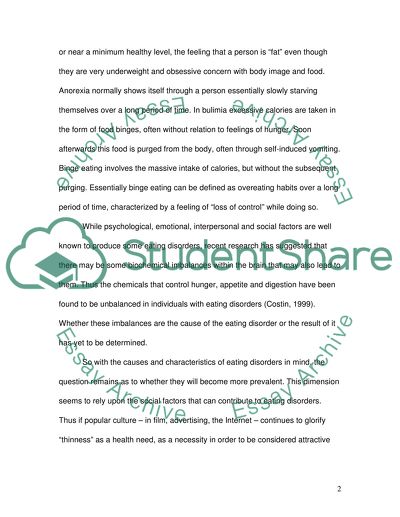Cite this document
(“Human Behavior Essay Example | Topics and Well Written Essays - 2000 words”, n.d.)
Human Behavior Essay Example | Topics and Well Written Essays - 2000 words. Retrieved from https://studentshare.org/psychology/1503787-human-behavior
Human Behavior Essay Example | Topics and Well Written Essays - 2000 words. Retrieved from https://studentshare.org/psychology/1503787-human-behavior
(Human Behavior Essay Example | Topics and Well Written Essays - 2000 Words)
Human Behavior Essay Example | Topics and Well Written Essays - 2000 Words. https://studentshare.org/psychology/1503787-human-behavior.
Human Behavior Essay Example | Topics and Well Written Essays - 2000 Words. https://studentshare.org/psychology/1503787-human-behavior.
“Human Behavior Essay Example | Topics and Well Written Essays - 2000 Words”, n.d. https://studentshare.org/psychology/1503787-human-behavior.


